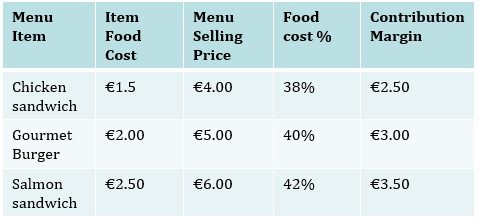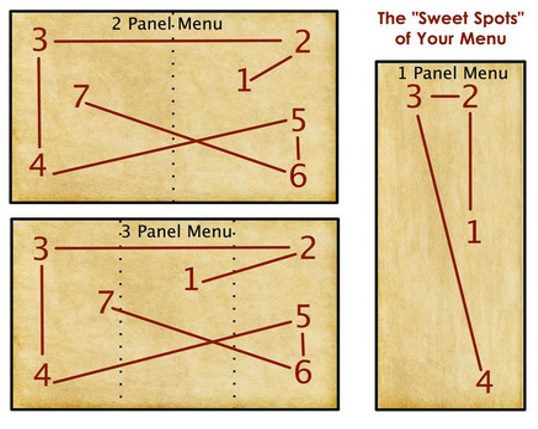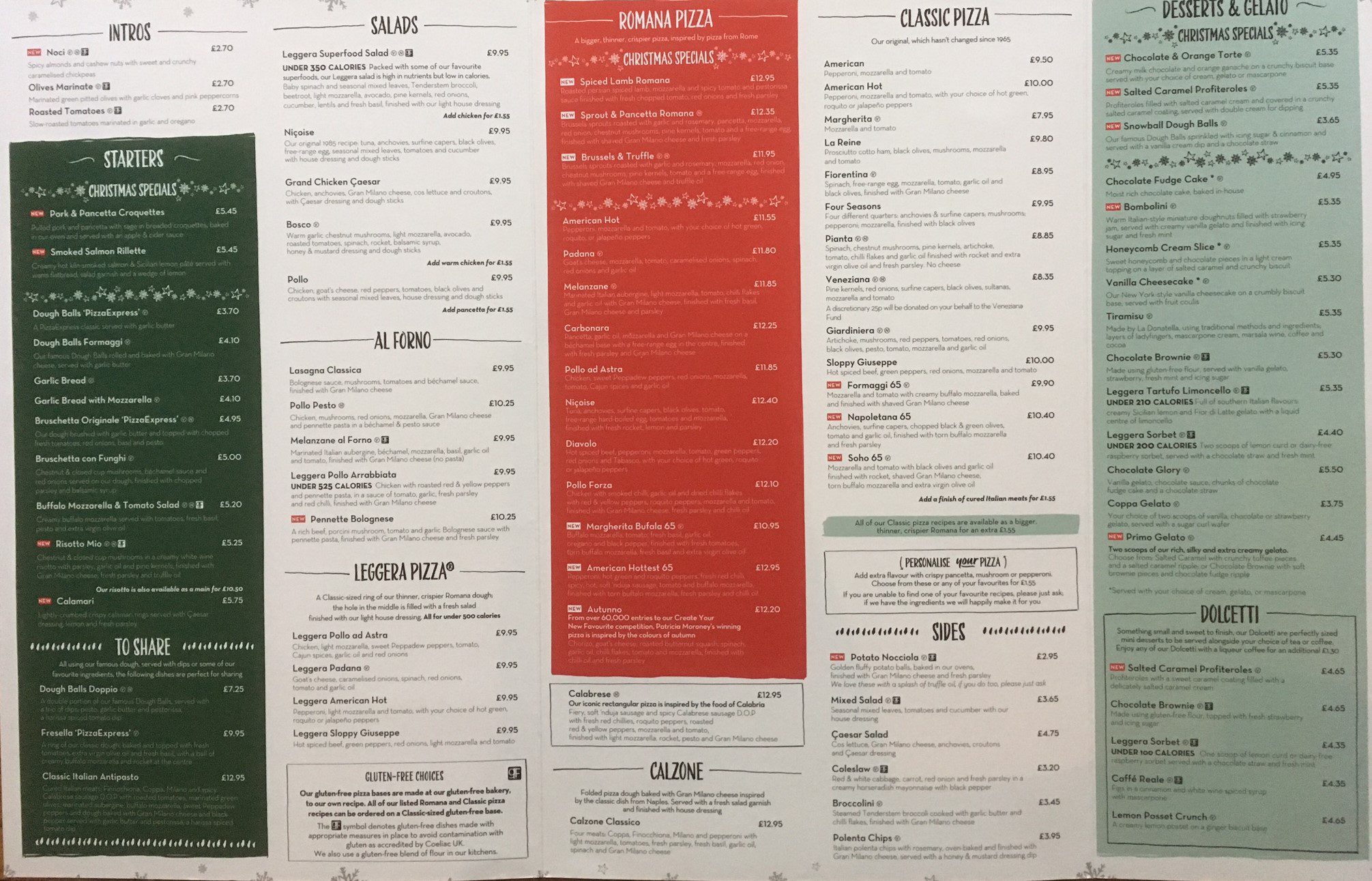By Michael Braidwood CCM
The science behind menu engineering
When I go out for lunch, dinner or visit a café or golf club I always wonder if any strategy or thought has gone into the menu design? And by menu design I do not mean the fancy cover or page design, I am more interested in whether or not there is a strategy in how the menu content has actually been laid out.
In most cases I come to the quick conclusion that there has not been! and the menus have either been designed by a design agency or laid out in house in a traditional style.
However there should be a great deal of strategy and effort put into your menu’s as they need to be a selling machine for you. Any café, restaurant, club or bar who does not apply the principles of menu engineering is missing a massive trick and throwing additional profits down the drain.
Menu engineering is not a new concept, it has been around since the early 1980’s where a detailed study was carried out in the USA of customer demands, menu mix analysis and contribution margin and menu layout ‘hot spots’.
By gathering this data it allowed restaurant managers to layout their menus in the most effective manner in which to lure their clients to the most cash profitable items on the menu.
The concept moves you away from thinking about gross margin and gets you thinking about contribution margin, in effect cash, how much cash do you actually make from each product sale.
As our F&B guru Steven Brown always says you can’t bank a percentage !
Looking at the chart below you will see the chicken sandwich showing a healthy 62% gross margin, at first glance you would think this would be the most desirable item to up sell?

But in fact when you calculate the contribution margin you will see the Salmon sandwich offers you the best cash return.

With this knowledge in hand you can train your staff to recommend the best cash contributing items on your menu and design your menu so that the greatest cash contributors are in the menu ‘hot’ spots.
The diagram below shows you how people read menus, centre right is always first. So this is where your highest contributing items should be placed.
To make it even better place the items in a highlighted box, this draws further attention.

At a recent visit to Pizza Express I noticed they applied some strategy to their menu layout.
Looking at the menu you are immediately drawn to the big red box in the middle of the menu … the Romana pizza.
I asked the manager (Privately!) if there was a strategy behind this and he said yes, the Romana pizza contributes at least £1 more than any other pizza they do, the staff are aware of this and incentivised to recommend or upsell to a Romana.
Considering they sell 3,000 Romanas a week that’s £3K straight to the bottom line!

There is a whole lot more to the science of menu engineering, but the opening basics can make a big difference to your bottom line. Its certainly worth the effort.
Michael Braidwood on the benefits of menu engineering
Apart from the obvious one that it will make you more cash profit, getting your team involved with this is very motivational, people like to do well at things. Get your chef involved with the food costings and fully understanding that profit is important! Get the communication going between the kitchen and waiting staff to promote and up sell the best contributing items. Also experiment with the menu layout and monitor the results to see which strategies work best.
To learn more about Menu engineering and raising the over all standard of your food and beverage offering attend CMAEs Food and Beverage management development programme in Montreux, Switzerland on the 14-18 April 2025. Click here to download the brochure.

